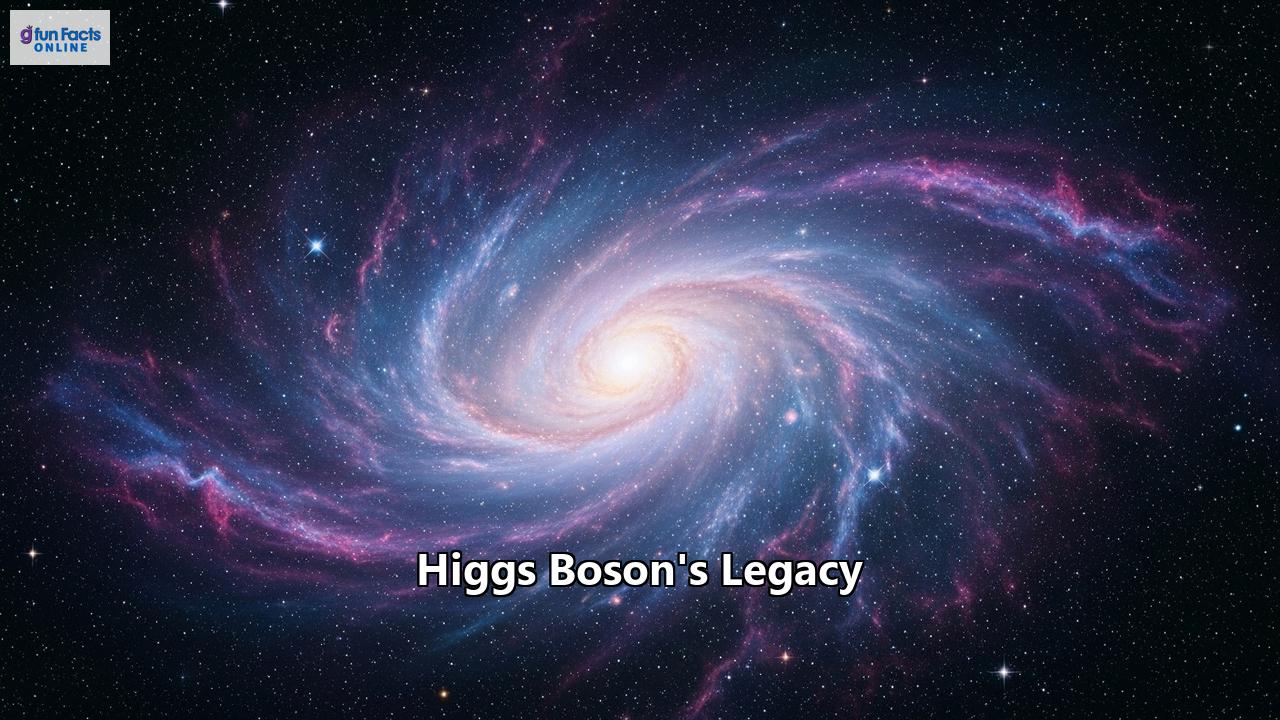From a Fleeting Glimpse to a New Era of Discovery
More than a decade has passed since the historic announcement on July 4, 2012, when physicists at CERN's Large Hadron Collider (LHC) confirmed the discovery of a new particle: the Higgs boson. This discovery was a monumental achievement, the culmination of a nearly 50-year search that began with a groundbreaking proposal by Peter Higgs and other physicists in 1964. The finding completed the Standard Model of particle physics, the theory that describes the fundamental particles and forces that make up our universe. But the discovery of the Higgs boson was not an end; it was a profound beginning, opening a new and exhilarating chapter in our quest to understand the cosmos.
The Higgs boson is the quantum excitation of the Higgs field, an invisible energy field that permeates all of space. It is through interactions with this field that fundamental particles acquire mass. Particles that interact strongly with the field have a large mass, while those with weaker interactions are lighter. Without this mechanism, the universe as we know it, with its vast and complex structures, would not exist. The discovery of the Higgs boson was a triumphant validation of this theoretical framework, a cornerstone of the Standard Model.
A Tool for Unprecedented Exploration
With the existence of the Higgs boson confirmed, the focus of research has shifted to meticulously studying its properties. Scientists are scrutinizing its mass, which has been measured to be approximately 125 GeV, roughly 130 times the mass of a proton, as well as its spin, which is zero, making it unique among elementary particles. They are also investigating its various decay modes – the different ways it transforms into other particles. By comparing these properties to the predictions of the Standard Model, physicists can search for deviations that might point to new, undiscovered physics.
So far, the Higgs boson has behaved remarkably like the Standard Model predicts. However, there are still many unanswered questions. For instance, some theories, like Supersymmetry, predict the existence of multiple types of Higgs bosons. Continued and more precise measurements at the LHC are crucial to either confirm or rule out these possibilities.
One of the most exciting avenues of Higgs research is the exploration of its self-interaction. This refers to the way Higgs bosons interact with each other, a process that could shed light on the very nature of the electroweak symmetry breaking that occurred in the early universe. Observing this rare phenomenon is a major goal for the High-Luminosity LHC (HL-LHC), an upgrade to the current accelerator that will provide a massive increase in data.
Probing the Universe's Biggest Mysteries
The Higgs boson is not just a particle; it's a gateway to understanding some of the most profound mysteries of the cosmos. Its properties are linked to the stability of our universe. The measured mass of the Higgs boson places our universe in a potentially metastable state, meaning it could one day transition to a lower energy state, with catastrophic consequences. More precise measurements are needed to determine the true nature of this stability.
Furthermore, the Higgs boson may hold the key to understanding dark matter, the enigmatic substance that makes up about 27% of the universe. Since dark matter has mass, it is expected to interact with the Higgs field. Physicists are actively searching for signs of this interaction at the LHC, which could reveal the nature of this elusive substance.
The Higgs boson's discovery has also spurred the development of future particle colliders, often referred to as "Higgs factories." These machines would be specifically designed to produce vast numbers of Higgs bosons, allowing for incredibly precise measurements of its properties and interactions. Such a facility would not only deepen our understanding of the Higgs boson itself but also provide a powerful tool to search for new physics beyond the Standard Model.
A Legacy of Inspiration
The legacy of the Higgs boson discovery extends far beyond the realm of particle physics. It stands as a testament to human curiosity, perseverance, and the power of international collaboration. The quest for this elusive particle pushed the boundaries of technology and inspired a new generation of scientists.
The story of the Higgs boson is a reminder that the universe is filled with wonders waiting to be discovered. The journey that began with a theoretical spark in 1964 and culminated in a triumphant discovery in 2012 has now set us on a new path, one that promises to unravel even deeper secrets about the fundamental nature of reality. The Higgs boson, once a missing piece of the puzzle, has become our guide, leading us into a new era of exploration and discovery.
Reference:
- https://www.iop.org/explore-physics/big-ideas-physics/standard-model
- https://research.binus.ac.id/2024/04/obituary-series-prominent-researchers-celebrating-the-legacy-of-peter-higgs-visionary-physicist-who-unveiled-the-universes-building-blocks/
- https://sps.ch/it/articles/obituaries/peter_higgs
- https://sathee.iitk.ac.in/gk/current-affair/july-current-affair/07-05-2024/science/the-legacy-of-the-marvel-that-physics-almost-forgot-the-higgs-boson/
- https://glassalmanac.com/significant-advances-in-higgs-boson-research-unveiled/
- https://serious-science.org/the-impact-of-higgs-boson-discovery-10274
- https://atlas.cern/Discover/Physics/Higgs
- https://atlas.cern/Updates/Briefing/Jetting-Higgs-Boson
- https://en.wikipedia.org/wiki/Higgs_boson
- https://physicsworld.com/a/how-a-next-generation-particle-collider-could-unravel-the-mysteries-of-the-higgs-boson/
- https://cms.cern/physics/higgs-boson
- https://home.cern/science/physics/higgs-boson/future
- https://www.symmetrymagazine.org/article/us-physicists-prioritize-closer-study-of-the-higgs?language_content_entity=und
- https://www.weforum.org/stories/2024/04/peter-higgs-quantum-legacy/
- https://kurious.ku.edu.tr/en/news/a-genius-in-particle-physics-peter-higgs-and-his-legacy/

